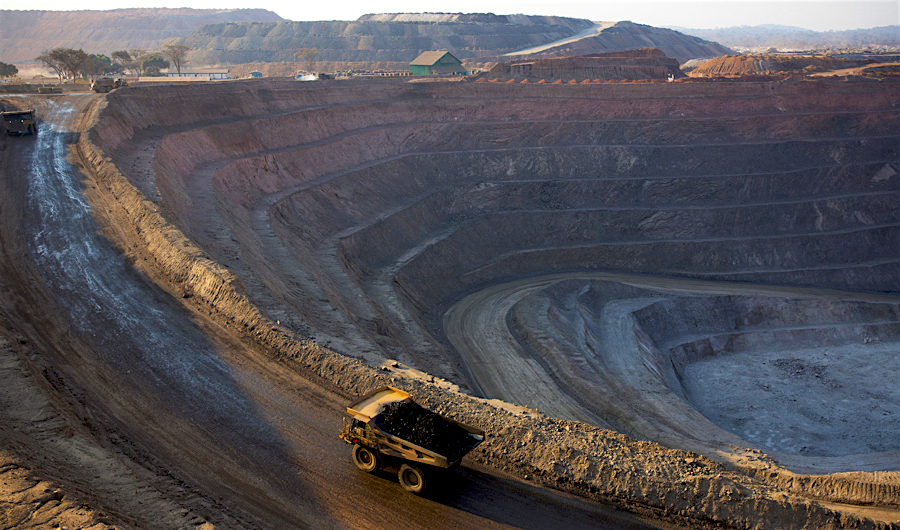
Glencore reported a 32% drop in first-half core profit on Wednesday, sending its shares to their lowest since late 2016, while a fall in cobalt prices prompted it to halt output for two years at the world’s biggest mine of the battery material.
Adjusted earnings before interest, tax, depreciation and amortisation (EBITDA) were $5.58 billion for the six months ended June 30 against $8.18 billion a year earlier.
The company’s shares were trading nearly 2% lower by 1139 GMT, recovering slightly from losses that took them to their weakest since October 2016.
Cobalt, which was meant to be part of Glencore’s strategic advantage as the world switches to electrification, has become a liability
Chief Executive Ivan Glasenberg blamed “a challenging economic backdrop for our commodity mix” and setbacks during the ramp-up of operations in Africa.
Glencore stands apart from other diversified miners because of its high-profile trading division and an appetite for risk that in the past has appealed to investors.
It initially rebounded strongly from the commodity crash of 2015-16.
But cobalt, which was meant to be part of Glencore’s strategic advantage as the world switches to electrification, has become a liability.
Supplies are concentrated in the Democratic Republic of Congo, where Glencore is in a dispute with the government over a mining law. It is also subject to a U.S. Department of Justice investigation.
Explaining the rationale for placing the Mutanda copper and cobalt mine in the DRC on “care and maintenance” from the end of this year for an expected two years, Glasenberg said there was “a mix” of reasons, including DRC’s revised mining code, which Glencore is challenging.
Above all, Glasenburg said the mine’s economic viability had deteriorated because of low cobalt prices, poor access, increased costs and higher taxes.
Glencore in the past has restricted supplies to boost prices. It spurred a 10% price rally in zinc after the company in October 2015 announced plans to cut zinc production by 500,000 tonnes, or 4 percent of the global market.
Hit by oversupply, cobalt prices have shrunk from above $60,000 per tonne in late 2018 to around $25,000.
Copper prices are also subdued, as trade tensions between the United States and China weigh on commodity markets.
Glencore said last week it had begun an overhaul of its underperforming Africa business after the company faced a $350 million hit because of lower cobalt prices.
The company also said on Wednesday its net debt to EBITDA ratio had crept above its target to 1.24 times.
The ratio is an important measure of available cash for the capital-intensive mining industry. Glencore said the level was “still healthy” but sought to move towards a ratio of one over the next six to 12 months.
The “silver lining” was that the closure of Mutanda would boost the cobalt market
Analysts had expected Glencore to report core earnings of $5.94 billion in the first half, according to a company-compiled consensus of 12 estimates.
In a note, Credit Suisse said the “silver lining” was that the closure of Mutanda would boost the cobalt market. The mine produced around 13,000 tonnes of cobalt in the first half and accounts for 15% of global supplies, Credit Suisse estimated.
It reiterated its outperform rating, saying: “Despite the likelihood of further negative newsflow, our outperform rating is underpinned by Glencore’s highly attractive valuation versus its peers.”
Shares of other diversified miners have risen this year, while Glencore’s share price has lost around a fifth.
Frances Hudson, an investment director at Aberdeen Standard, one of Glencore’s top 20 shareholders, said “an approach that restricts the supply of cobalt to the market looks rational”.
So far, the beneficiaries of the anticipated shut-in have been China-listed cobalt producers, whose shares have rallied strongly.
(By Yadarisa Shabong, Barbara Lewis, Pushkala Aripaka, Pratima Desai and Zandi Shabalala; Editing by Dale Hudson and Anil D’Silva)
Comments